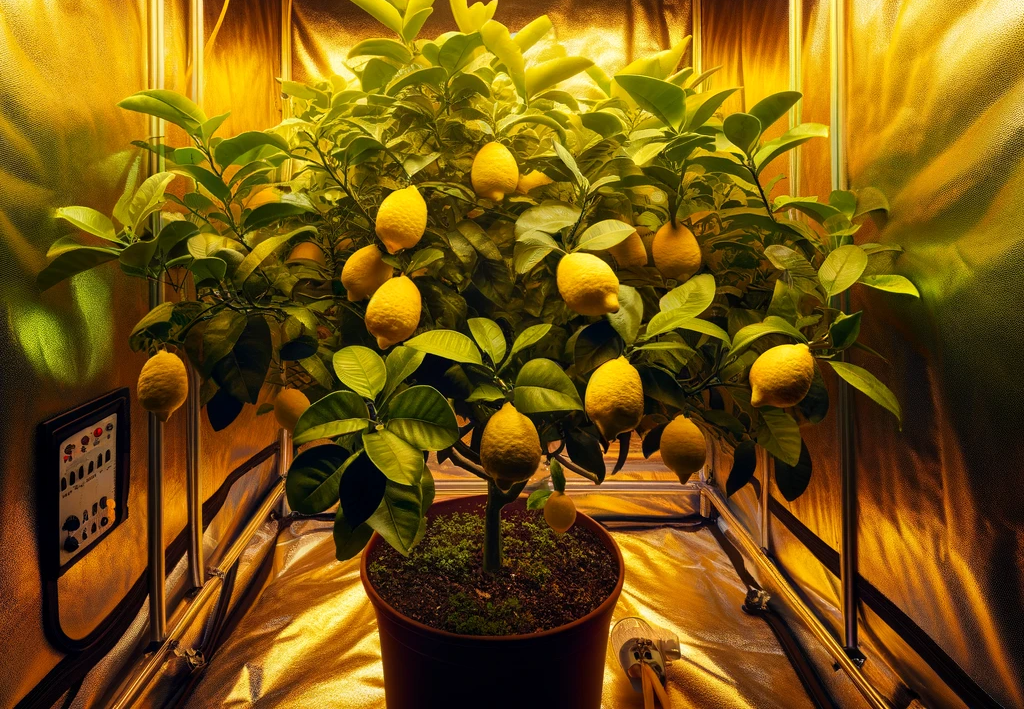HPS
Benefits and Negatives of HPS Grow Lights
High-Pressure Sodium (HPS) grow lights are widely used in both commercial and hobbyist gardening for their efficiency and effectiveness in promoting plant growth. Here are the benefits and negatives of HPS grow lights:
Benefits of HPS Grow Lights
-
High Efficiency: HPS lights are known for their high luminous efficiency, meaning they produce a lot of light for each watt of electricity consumed. This makes them cost-effective in terms of energy use.
-
Optimal Wavelengths for Flowering: The light emitted by HPS lamps is in the red to orange spectrum, which is particularly beneficial for the flowering and fruiting stages of plant growth. This spectrum encourages budding, flowering, and fruit production in many types of plants.
-
Widely Available and Tested: HPS lighting systems have been around for decades and are well understood by growers. There is a wide range of products available to fit various setups, from small indoor gardens to large greenhouses.
-
Cost-Effective: In comparison to some newer technologies, HPS systems can be more affordable in terms of initial setup costs. This makes them a popular choice for large-scale operations and hobbyists alike.
Negatives of HPS Grow Lights
-
Heat Output: HPS lamps generate a lot of heat, which can be a challenge to manage in indoor growing environments. Excessive heat can harm plants, promote pest and disease issues, and require additional investment in cooling systems.
-
Energy Consumption: While HPS lights are efficient in terms of lumens per watt, they still consume a significant amount of electricity, especially when scaled up to large growing operations. This can lead to high energy bills.
-
Limited Spectrum: The light spectrum of HPS is heavily skewed towards the red and orange, which is great for flowering but not as beneficial for the vegetative growth phase of plants. This can lead to leggy growth if used exclusively without supplemental lighting.
-
Bulb Lifespan: HPS bulbs typically have a shorter lifespan compared to LED lights. They require more frequent replacement, which can add to the long-term costs and maintenance efforts.
-
Environmental Impact: The disposal of HPS bulbs must be managed carefully due to the presence of toxic materials like mercury. Additionally, the higher energy consumption has a larger carbon footprint compared to more energy-efficient lighting options.
In summary, HPS grow lights are a tried-and-tested solution for enhancing plant growth, especially during the flowering phase. However, their heat output, energy consumption, and limited light spectrum are drawbacks that need to be managed or supplemented by other lighting technologies, such as LEDs, for optimal plant growth throughout all stages.

